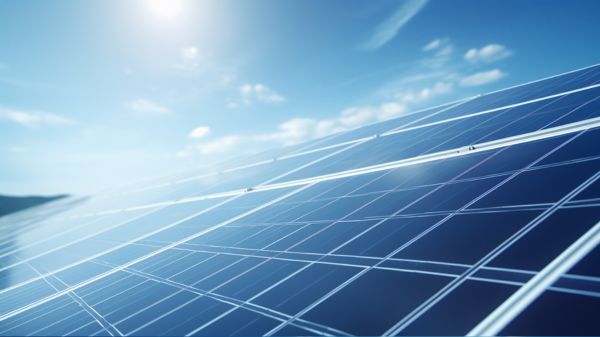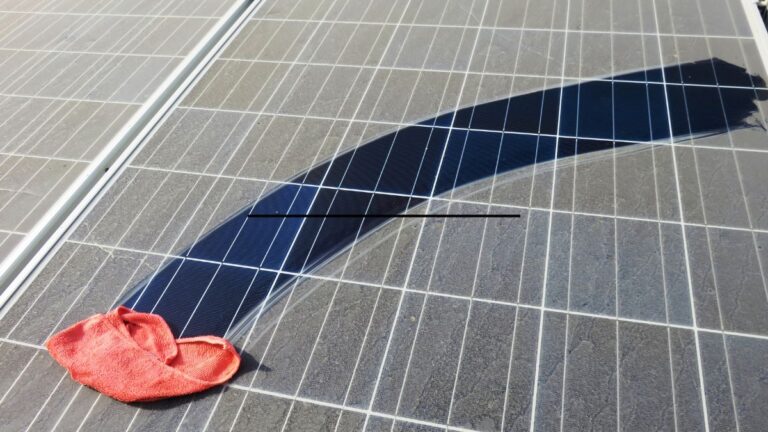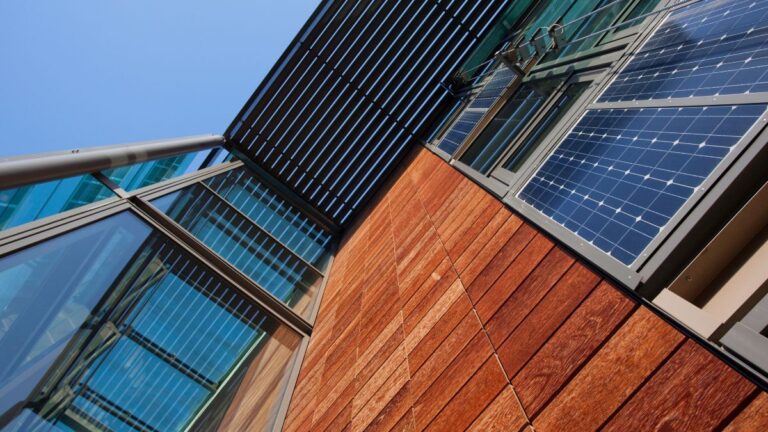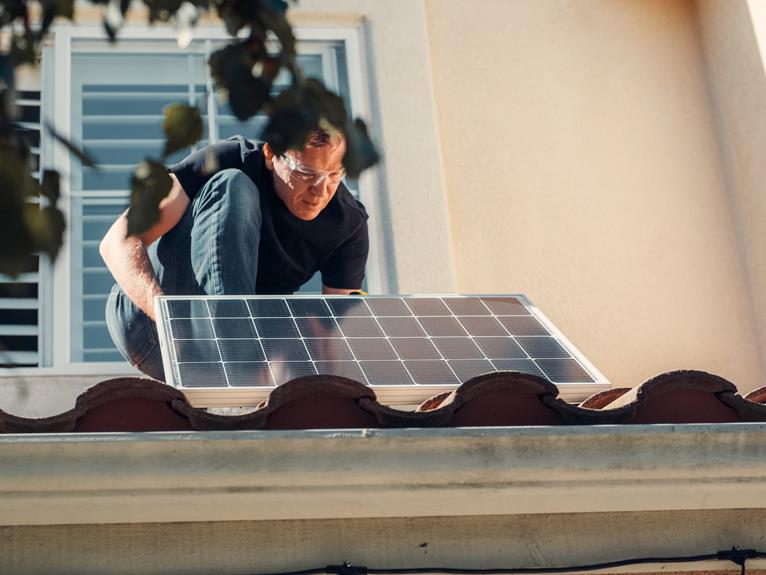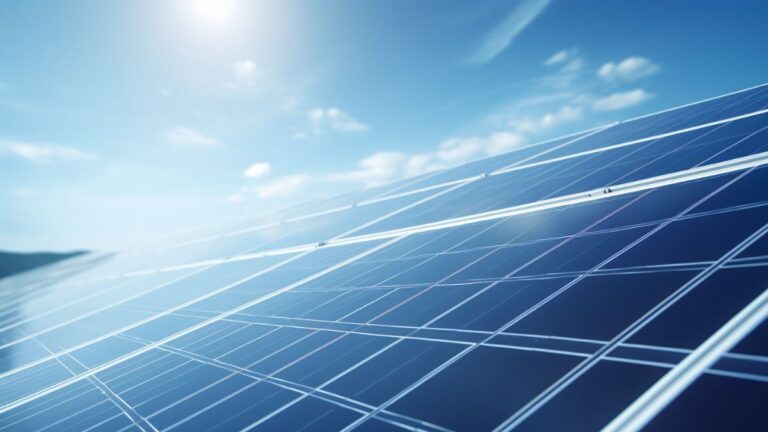Key Factors for Sizing Solar Panels in Large Projects
Are you ready to take your large solar project to the next level? Discover the key factors for sizing solar panels that will ensure maximum efficiency and optimal energy consumption.
Dive into the world of solar panel efficiency, energy consumption analysis, available space and layout, electrical load requirements, and project budget considerations.
With this precise and informative article, you’ll be equipped with the knowledge to make the best decisions for your project’s success.
Let’s get started on this journey together!
Key Takeaways
- Solar panel efficiency is important for maximizing energy production and reducing costs in large projects.
- Energy consumption analysis helps determine the size and number of solar panels needed and identifies opportunities to reduce the project’s carbon footprint.
- Proper utilization of available space and layout considerations can optimize sun exposure and increase solar panel efficiency.
- Load balancing and sizing panels to meet peak demand ensure sufficient energy production and minimize the need for grid power, leading to cost savings.
Solar Panel Efficiency
To size solar panels effectively in large projects, you need to consider the efficiency of the panels. Solar panel technology advancements have greatly improved the efficiency of solar panels over the years, allowing for increased energy production.
The efficiency of a solar panel refers to its ability to convert sunlight into usable electricity. Higher efficiency panels are able to generate more electricity from the same amount of sunlight, making them a desirable choice for large-scale solar projects.
By utilizing more efficient panels, you can maximize the energy output of your system, ultimately reducing the overall cost per unit of electricity generated.
Additionally, improving the efficiency of solar panels has a positive environmental impact, as it reduces the need for additional panels and land space, minimizing the disruption to natural habitats.
Energy Consumption Analysis
To effectively size solar panels in large projects, you’ll frequently need to analyze energy consumption. This step is crucial for determining the appropriate size and number of solar panels required to meet the energy needs of the project.
Energy consumption analysis involves assessing the amount of energy consumed by the various systems and appliances within the project. Here are two important aspects to consider when conducting energy consumption analysis:
Renewable energy integration:
- Determine the potential for integrating renewable energy sources, such as solar panels, into the project.
- Assess the feasibility and benefits of using renewable energy to meet the energy demands of the project.
Environmental impact assessment:
- Evaluate the environmental impact of the project’s current energy consumption.
- Identify opportunities for reducing the project’s carbon footprint through the use of solar panels and other renewable energy sources.
Available Space and Layout
Consider the available space and layout when sizing solar panels for large projects. Proper utilization of land and design considerations are crucial in maximizing the efficiency and output of your solar installation. To help you understand the importance of these factors, let’s take a closer look at the table below:
| Land Utilization | Design Considerations | Benefits |
|---|---|---|
| Orientation | Shading | Optimal sun exposure |
| Roof space | Tilt angle | Increased efficiency |
| Ground space | Module layout | Easy maintenance |
| Tracking systems | Clearances | Higher energy yield |
| Rooftop constraints | Wiring and connections | Space optimization |
Electrical Load Requirements
Take into account the electrical load requirements of your large solar project to ensure that the system is designed to meet your energy needs efficiently. Proper load balancing is crucial for optimizing the performance and longevity of your solar panels. Here are two key factors to consider:
- Load Balancing: Distribute the electrical load evenly across the solar panels to avoid overloading or underutilizing certain panels. This ensures that the system operates at its maximum efficiency and avoids unnecessary strain on individual panels.
- Peak Demand: Analyze your energy consumption patterns to determine the peak demand periods. Sizing your solar panels to meet this peak demand will ensure that you have sufficient energy production during high usage periods, minimizing the need for grid power and maximizing your cost savings.
Project Budget and Return on Investment
Ensure that your project budget and return on investment align with your solar panel sizing decisions.
When considering the size of your solar panel system, it’s crucial to take into account the financial aspects of your project. Proper project financing is essential to ensure the successful implementation of your solar project. It’s important to assess the upfront costs of purchasing and installing the solar panels, as well as any ongoing operational and maintenance expenses.
Calculating the payback period is crucial in determining the length of time it takes for your solar investment to generate enough savings to cover the initial costs.
By carefully considering your project budget and return on investment, you can make informed decisions about the size of your solar panel system and maximize the financial benefits it offers.
Conclusion
When sizing solar panels for large projects, it’s crucial to consider the key factors discussed above.
Perform an energy consumption analysis, assess available space and layout, calculate electrical load requirements, and thoroughly evaluate the project budget and return on investment. This will help make informed decisions that benefit the environment and maximize the efficiency of your solar panel installation.
Remember, harnessing the power of the sun is a bright and sustainable choice for a greener future.
